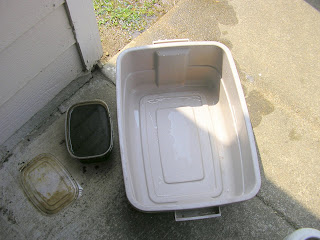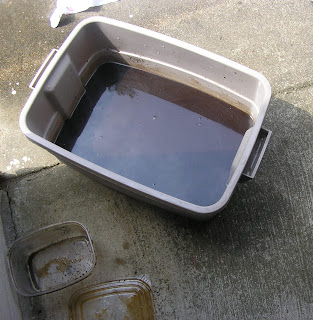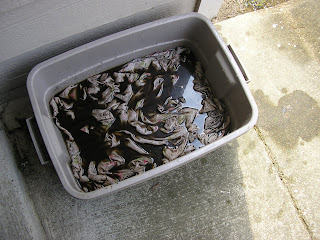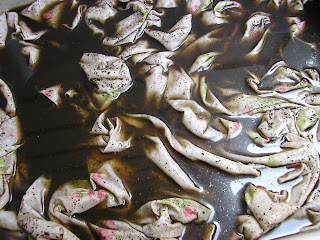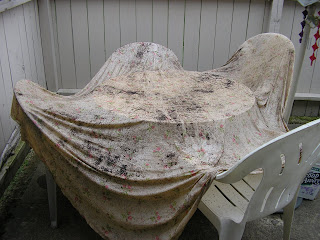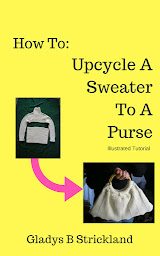Finding clothes that fit when shopping is a challenge. Here is an idea to make it easier.
No matter where you shop, finding clothes that fit is hard. Each brand has a different version of what each size is. And sizes change through the years. A vintage piece that is a size 12 will not fit like a current size 12.
If there are fitting rooms you can try things on, but that is tiring. Shopping garage and estate sales doesn't give you that option. When you are shopping online, the only way to try on the clothes is to purchase them and return if they don't work.
So here is a quick tip to help you better determine if something will fit.
Use a Tape Measure
What measurements should you take? I'd begin with
- chest
- waist
- hips
- inseam
- leg from waist to floor
- arm from shoulder to wrist
(How to Take Body Measurements - where to measure for each of these)
This Is Not a Perfect Method
This is not foolproof. An item may match your measurements, but still not fit right. The cut of a garment will effect how things fit on your body, and with time and experimentation, you will learn things that work for your unique body.
For example, I cannot wear skirts that have no waist; they just do not fit me right. It doesn't have to be a big waistband, but there needs to be one.
When shopping online, whether new or resale, check your measurements with the listing. If a measurement you need is missing, message the seller and ask for it.
I even use this technique for shoes. My foot is large and wide, and it if hard to find shoes that fit my foot. A couple of measurements help me better determine if things will fit or not.
I have an old tape measure that I keep in a small bag along with a notebook with my measurements and names and contact information of thrift and vintage stores. I pop that in my purse when I head out so I always have what I need.



